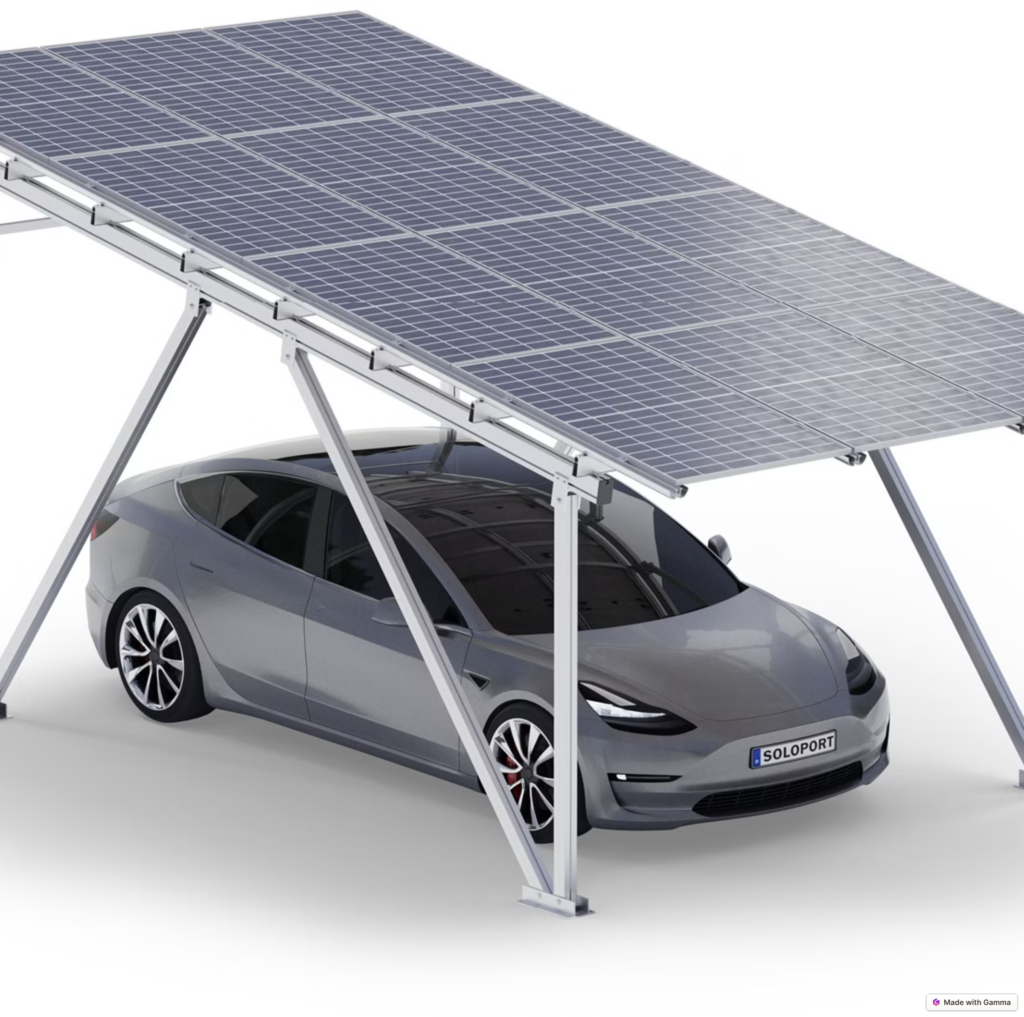Key Considerations for Pairing Solar Panels with Charge Controllers
Voltage and Current Matching: Ensuring Compatibility
The voltage output of solar panels must align precisely with the input voltage range of the charge controller. For instance, a 12V battery system typically requires solar panels with an open-circuit voltage (Voc) of 18–22V to ensure efficient charging under varying sunlight conditions. If the panel voltage exceeds the controller’s maximum input limit, it may trigger overvoltage protection or damage internal components. Conversely, a voltage below the minimum threshold can prevent the system from starting.
Current compatibility is equally critical. The controller’s rated current should exceed the panel’s short-circuit current (Isc) by at least 25% to accommodate peak outputs and prevent overheating. For example, a panel with an Isc of 8A requires a controller rated for 10A or higher. This safety margin ensures stable operation during high-irradiance periods or partial shading, where current spikes may occur.
Charge Controller Type Selection: PWM vs. MPPT
Pulse Width Modulation (PWM) controllers are cost-effective for small-scale systems with voltage-matched panels and batteries. They regulate charging by rapidly switching the connection on and off, maintaining a constant voltage. However, PWM controllers are less efficient (70–80%) when panel voltage significantly exceeds battery voltage, as excess energy is wasted as heat.
Maximum Power Point Tracking (MPPT) controllers, while pricier, optimize energy harvest by dynamically adjusting the panel’s operating voltage to match the battery’s state of charge. This technology improves efficiency by 20–30%, especially in systems with high-voltage panels (e.g., 48V panels charging 12V batteries). MPPT controllers also support wider input voltage ranges, making them ideal for regions with fluctuating sunlight or multi-panel configurations.
Advanced Features for Specific Applications
For off-grid systems, controllers with temperature compensation adjust charging voltage based on ambient temperature, preventing overcharging in hot climates or undercharging in cold environments. Load control functionality enables automated management of connected devices, such as turning off lights during low battery states to prioritize essential loads.
Battery Type Compatibility: Tailoring Charging Protocols
Lead-acid batteries (flooded, AGM, or gel) require a three-stage charging process: bulk, absorption, and float. The controller must support voltage regulation during each phase to prevent sulfation and extend lifespan. For example, a 12V lead-acid battery typically needs 14.4V during absorption charging and 13.8V for float maintenance.
Lithium-ion batteries (e.g., LiFePO₄) demand stricter voltage and current control due to their sensitivity to overcharging. Controllers must integrate Battery Management System (BMS) protocols to monitor cell balance, temperature, and state of charge. Some advanced models offer active equalization to redistribute charge among cells, ensuring uniform aging and safety.
Handling Mixed Battery Chemistries
In hybrid systems combining lead-acid and lithium batteries, dual-input controllers with independent charging profiles are essential. These devices allocate energy based on battery type, prioritizing critical loads during low-sunlight periods. For instance, a controller might direct solar power to lithium batteries for high-demand appliances while maintaining lead-acid reserves for backup lighting.
Protection Mechanisms: Safeguarding Components
Overcharge protection prevents battery damage by halting charging once the voltage reaches a predefined threshold (e.g., 14.6V for 12V lead-acid). Similarly, over-discharge protection disconnects loads when the battery voltage drops below a safe level (e.g., 10.5V for 12V systems), avoiding irreversible capacity loss.
Reverse polarity protection shields the controller and battery from damage caused by incorrect wiring, while surge protection defends against voltage spikes from lightning or grid fluctuations. For outdoor installations, controllers with IP65 or higher ratings resist dust and water ingress, ensuring reliability in harsh environments.
Environmental Adaptability
Controllers operating in extreme temperatures should feature wide thermal tolerance ranges (e.g., -20°C to 60°C) and heat sinks to dissipate excess energy. In high-altitude regions, derating the controller’s current capacity by 10–15% compensates for reduced air density and cooling efficiency.
Installation and Configuration Best Practices
Proper wiring is critical to minimize voltage drop and power loss. Use cables with a cross-sectional area sufficient for the system’s current (e.g., 4mm² for 20A circuits). Secure connections with weatherproof connectors to prevent corrosion, which can increase resistance and reduce efficiency.
During initial setup, configure the controller for the specific battery type and capacity. For example, a 100Ah lead-acid battery may require a 10–20A charging current limit to avoid thermal stress. Enable temperature compensation if the battery and controller are installed in separate locations with significant temperature differences.
Monitoring and Maintenance
Regularly inspect the controller’s LED indicators or digital displays for error codes or abnormal voltage readings. Clean solar panels monthly to remove dust and debris, which can reduce output by up to 30%. For systems with lithium batteries, verify BMS communication with the controller to ensure real-time data exchange on cell voltage and temperature.


